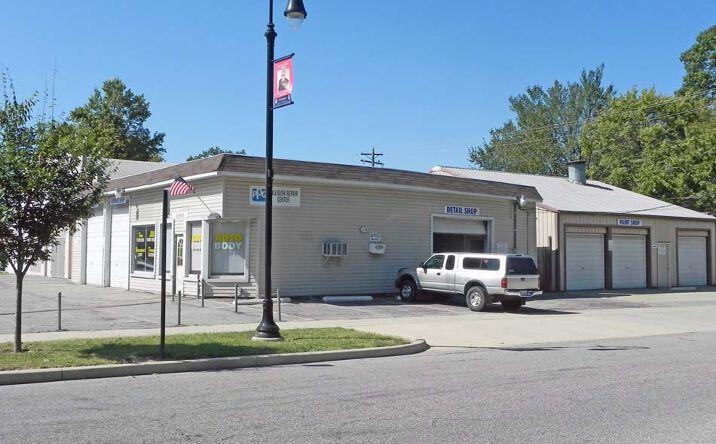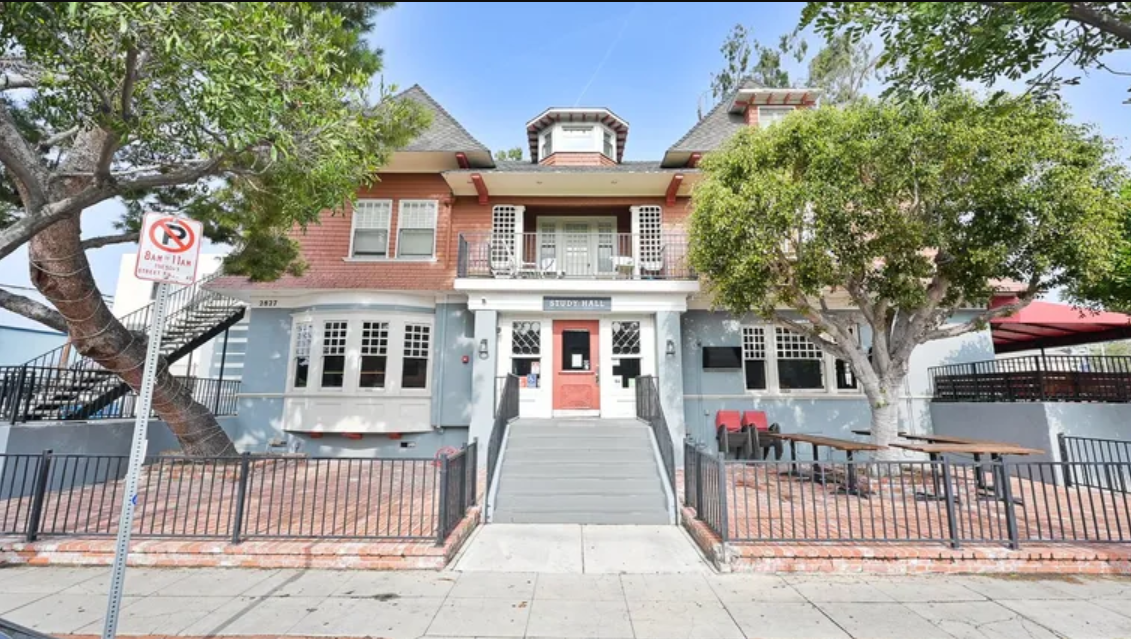
As you consider investing in Florida’s real estate market, you’re likely weighing factors like location, amenities, and resale value. But have you factored in the growing threat of climate change? Rising sea levels and increased flood risk are altering the calculus of property value and investment potential in the Sunshine State. Coastal areas, once prized for their waterfront living and tourism appeal, are now facing declining property values due to the threat of flooding and damage. What does this mean for your investment strategy, and how can you position yourself for success in a changing market?
Rising Sea Levels and Coastal Risks
As you gaze out at Florida’s picturesque coastline, it’s hard to ignore the looming threat of rising sea levels.
You’re not just looking at a beautiful view; you’re witnessing a ticking time bomb. According to NASA, sea levels are projected to rise by up to 10 inches by 2030, and by as much as 3 feet by 2060.
This means more frequent and intense coastal flooding, erosion, and saltwater intrusion into freshwater sources.
You’re probably thinking, “What does this mean for my coastal property?”
Well, it’s simple: rising sea levels increase the risk of damage to your property and the likelihood of costly repairs.
You’ll need to consider investing in flood-resistant construction, elevating your home, or even relocating to higher ground.
Moreover, you’ll face higher insurance premiums and potential decreases in property value.
The consequences of climate change are undeniable, and it’s essential to factor these risks into your real estate decisions.
Shifting Property Value Dynamics
Uncertainty looms over Florida’s coastal property market, where the once-reliable dynamics of property value are shifting like the sands.
As you consider investing in a Florida property, you’re likely wondering how climate change will impact your investment. Will the value of your property increase or decrease over time?
The answer is no longer a simple one. Historically, property values in coastal areas appreciated steadily, driven by demand for waterfront living and tourism.
However, with rising sea levels and increased flood risk, the calculus is changing. Some areas are experiencing declining property values, as buyers become wary of the risks associated with coastal living.
Meanwhile, inland areas are seeing increased demand and appreciation, as buyers seek safer havens. You’ll need to carefully consider the location and resilience of a property, as well as the local government’s response to climate change, when making your investment decision.
The shifting dynamics of property value in Florida require a nuanced and informed approach to real estate investing.
Flood Insurance and Financial Impacts
You’ve got a lot to consider when evaluating a Florida property’s potential, from its location to the local government’s response to climate change.
One crucial aspect is flood insurance, which can significantly impact your financial situation. As a buyer, you’ll need to factor in the cost of flood insurance, which can be substantial, especially in high-risk areas.
Moreover, you should be aware that flood insurance rates are likely to increase over time due to climate change.
The financial implications of climate change go beyond insurance costs.
You should also consider the potential for property damage, which can lead to costly repairs or even total losses. Additionally, climate-related events can disrupt local economies, affecting property values and rental income.
It’s essential to research the property’s flood history, elevation, and proximity to waterways to understand the risks. Don’t assume that a property is safe just because it’s not in a high-risk flood zone – climate change is changing the game, and you need to be prepared.
Climate-Resilient Design and Development
Beyond insurance costs and potential property damage, it’s crucial to consider the role of climate-resilient design and development in your Florida real estate investment.
You’re not just building or buying a property; you’re creating a habitat that should withstand the impacts of climate change. This means incorporating features that mitigate flooding, storm surges, and extreme weather events.
Climate-resilient design involves elevating your property, using flood-resistant materials, and installing storm shutters or impact-resistant windows. You should also consider green infrastructure, such as permeable pavements and green roofs, to reduce stormwater runoff and urban flooding.
When developing your property, you’ll want to prioritize natural habitats like mangroves, dunes, and wetlands, which provide natural barriers against storms and erosion.
You should also consider the long-term maintenance and upkeep costs associated with these features. By investing in climate-resilient design and development, you’re not only protecting your property but also enhancing its value and marketability.
As the climate continues to change, properties that can withstand its impacts will become increasingly attractive to buyers and renters.
Long-Term Sustainability and Adaptation
As climate change continues to shape Florida’s real estate landscape, it’s essential to prioritize long-term sustainability and adaptation in your investment strategy.
You must consider the potential long-term implications of rising sea levels, increased flooding, and intensified storms on your property’s value and functionality.
This means thinking beyond short-term gains and focusing on resilient design, adaptive infrastructure, and sustainable practices.
You should assess your property’s vulnerability to climate-related risks and develop a proactive plan to mitigate them.
This might involve investing in flood-resistant construction materials, elevating buildings, or implementing green infrastructure to reduce stormwater runoff.
Additionally, consider incorporating renewable energy sources, such as solar or wind power, to reduce your property’s carbon footprint and reliance on fossil fuels.
Conclusion
As you weigh your options in Florida’s real estate market, it’s crucial to consider the looming threats of climate change. Rising sea levels and flood risks are rewriting the rules of property value and investment potential. By prioritizing climate-resilient design and development, you can future-proof your investments and mitigate financial losses. In the long run, adapting to climate change will be key to sustaining Florida’s Florida Real Estate market and protecting your hard-earned assets.





